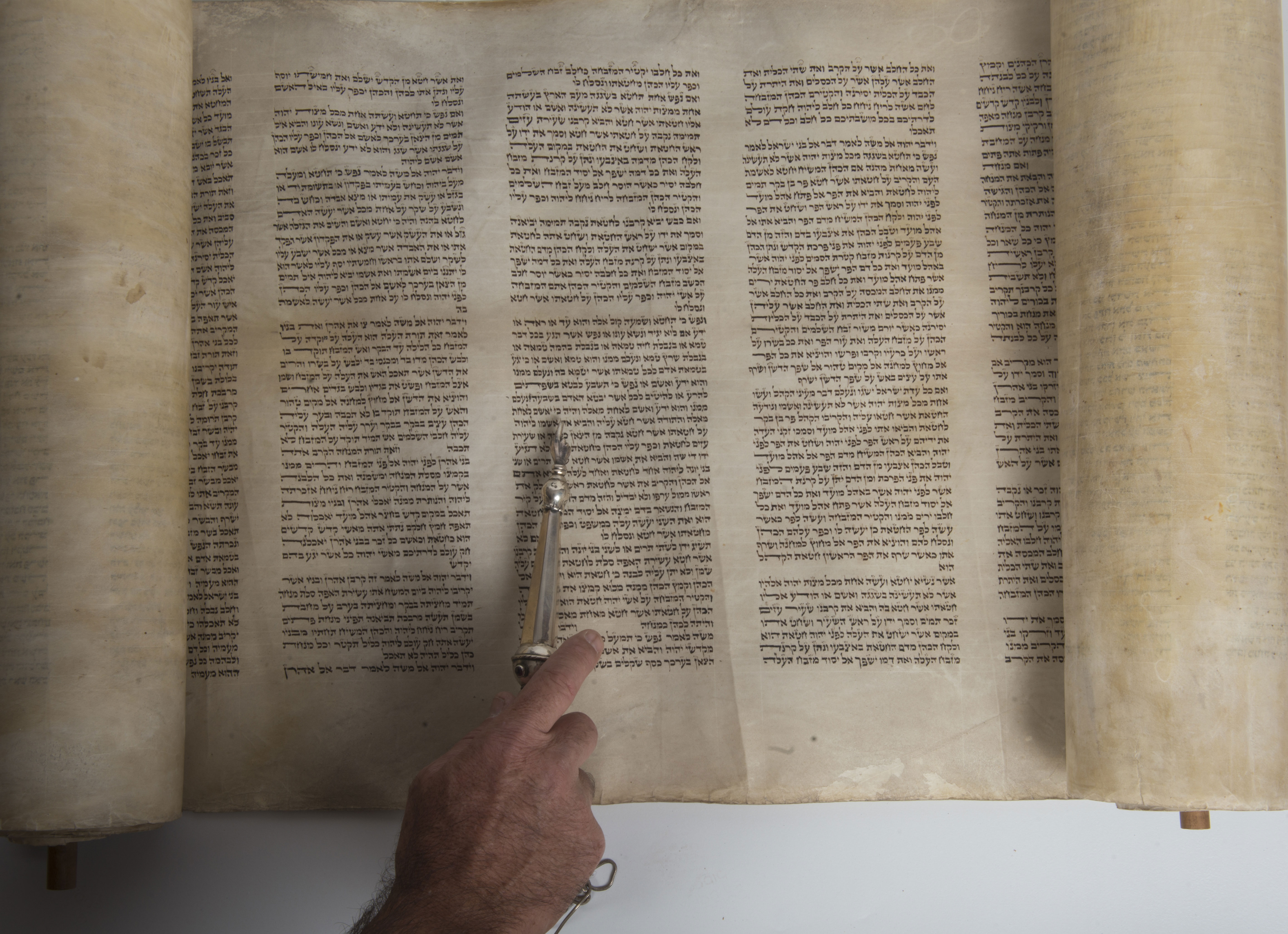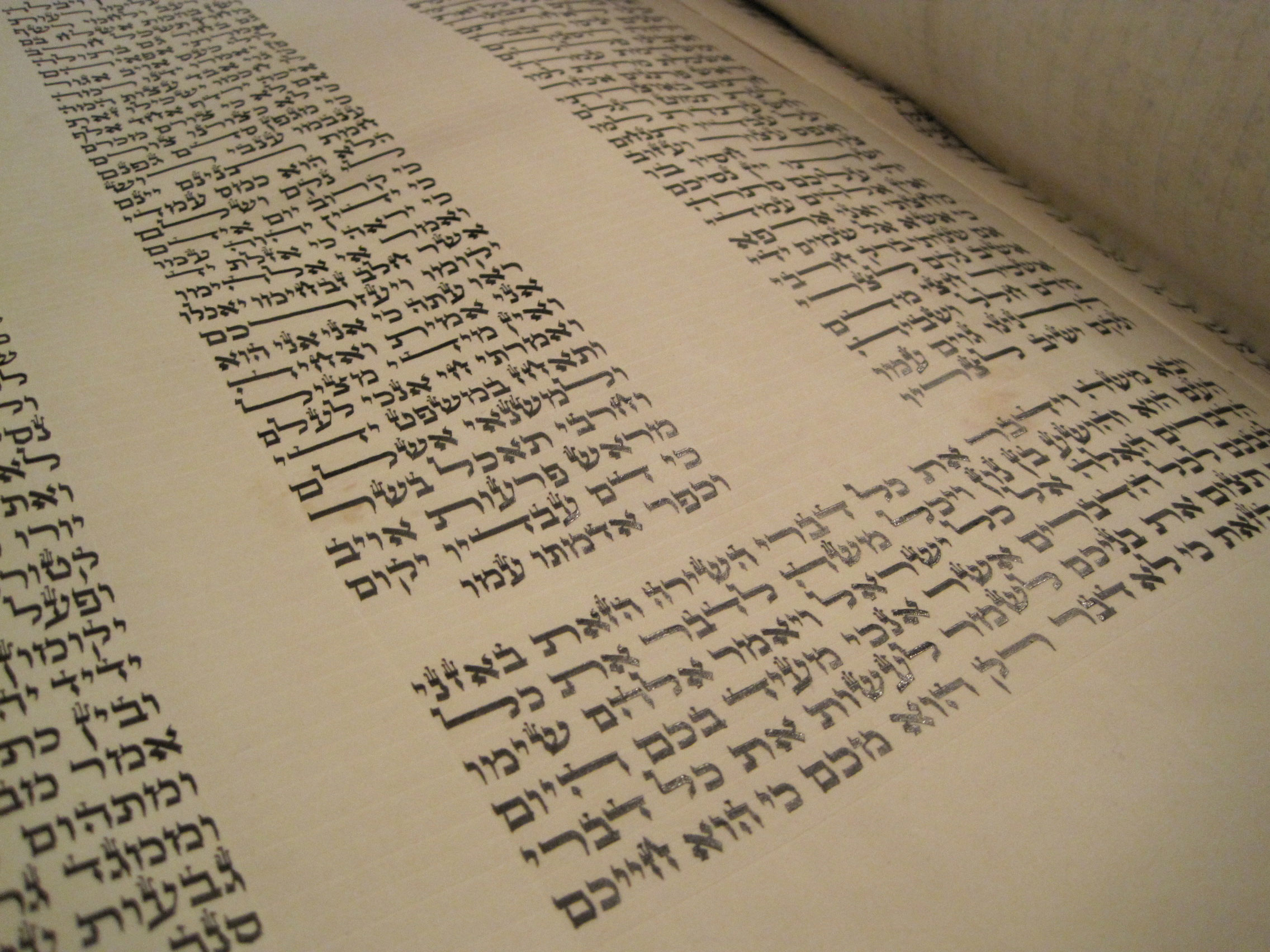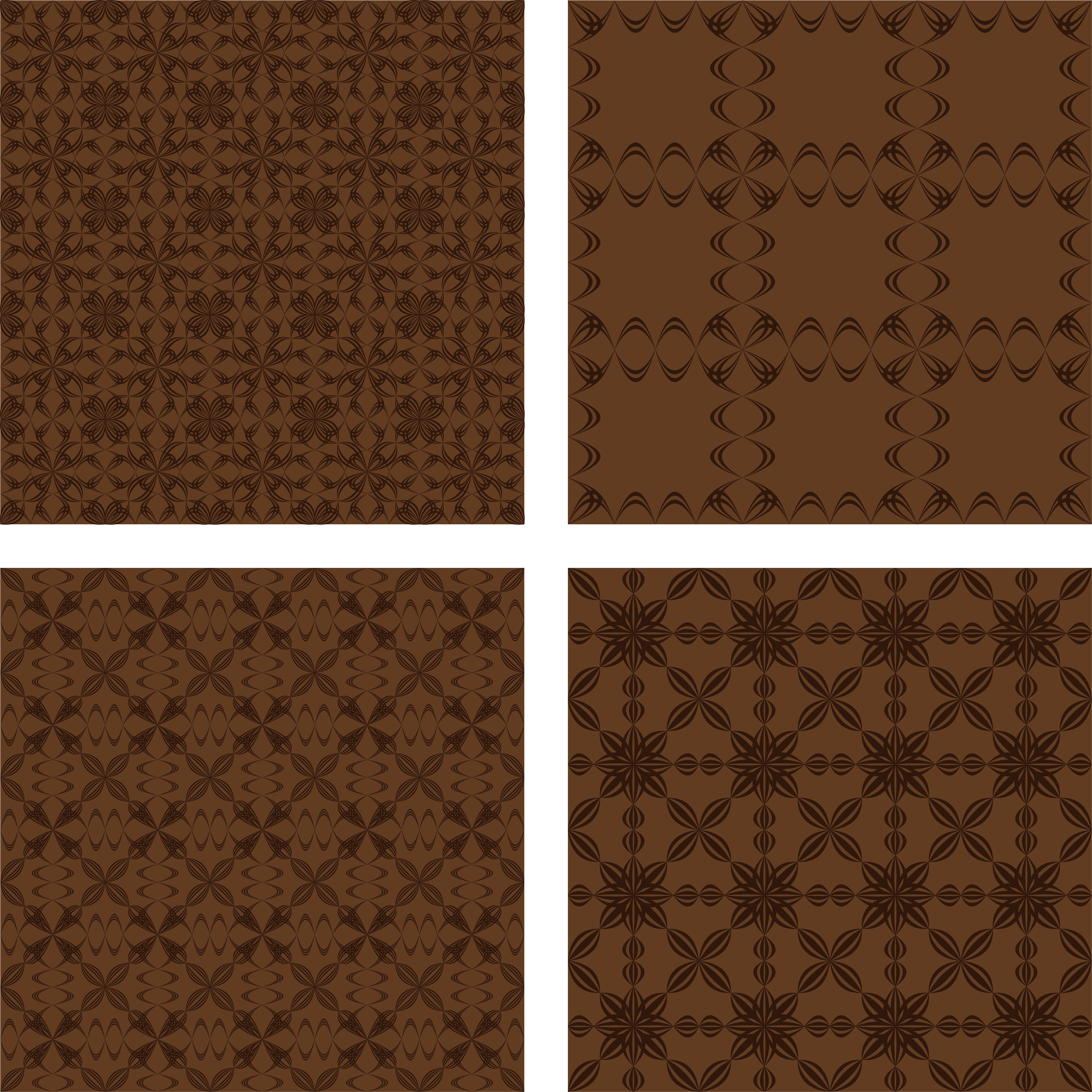Torah Scroll - Layouts
The specific placement of text within Columns and Lines.
The parchment for the Torah Scroll begins as a “blank slate” – awaiting a Scribe.

Torah Scrolls have varying standards regarding the number of Columns and the number of Lines per Column. One Modern standard uses 245 Columns with 42 Lines per Column – and this is the standard for this website and for the “Torah Scroll Column Reference Guide”©.
Once the standard to be used for a new Torah Scroll has been confirmed, the parchment can be viewed as a Grid onto which the words for the Columns and Lines will be fitted.

Scribes use rigorous standards to ensure the accuracy and integrity of their work.

Text within the Torah Scroll is left and right justified within each column, with spacing between words.
Spacing Approaches:
- Between Books - There are 4 Blank Lines between each Book. Columns: 61 (Between Genesis and Exodus); 111 (Between Exodus and Leviticus); 148 (Between Leviticus and Numbers) ; 200 (Between Numbers and Deuteronomy)
- Open – Petuhah - Space at the end of the line. Examples include Columns: 1, 2, 12
- Closed – Setumah - Space in the middle of the line. Examples include Columns: 3, 5, 8
- Special Spacing - Used for certain portions of Poetry – Columns: 78, 242, 243
- None - Many Columns do not contain Open or Closed or Special spacing. Examples include Columns: 7, 18, 19
Example of the usage of Open and Closed spacing:

Example of spacing for a Column containing Poetry:

Example of a Column that does not contain any Open or Closed spacing (center Column):

Returning to the concept of a Grid Pattern – not only for the Scribe – but for you as a reader . . .
Consider that the Column containing your reading has a specific “Grid Pattern” regarding usage of space – Open space at the end of one or more lines, and/or Closed – Space in the middle of one or more lines. Memorize the pattern for the Column(s) that you will be reading.
Becoming very familiar with the spacing for these Columns gives you an advantage – so that at a glance you will know if the Scroll is rolled to the appropriate Column for your reading.

If your Column has no white space, then memorize the first few words on Line 1 of your Column, so at a brief glance you will know if the Scroll is rolled to the appropriate Column.
245 244 243 242 241 240 239 238 237 236 235 234 233 232 231 230 229 228 227 226 225 224 223 222 221 220 219 218 217 216 215 214 213 212 211 210 209 208 207 206 205 204 203 202 201 200 199 198 197 196 195 194 193 192 191 190 189 188 187 186 185 184 183 182 181 180 179 178 177 176 175 174 173 172 171 170 169 168 167 166 165 164 163 162 161 160 159 158 157 156 155 154 153 152 151 150 149 148 147 146 145 144 143 142 141 140 139 138 137 136 135 134 133 132 131 130 129 128 127 126 125 124 123 122 121 120 119 118 117 116 115 114 113 112 111 110 109 108 107 106 105 104 103 102 101 100 99 98 97 96 95 94 93 92 91 90 89 88 87 86 85 84 83 82 81 80 79 78 77 76 75 74 73 72 71 70 69 68 67 66 65 64 63 62 61 60 59 58 57 56 55 54 53 52 51 50 49 48 47 46 45 44 43 42 41 40 39 38 37 36 35 34 33 32 31 30 29 28 27 26 25 24 23 22 21 20 19 18 17 16 15 14 13 12 11 10 9 8 7 6 5 4 3 2 1
אהבת עברית
Copyright © 2017 · All Rights Reserved - Ahavat Ivrit LLC · AhavatIvrit